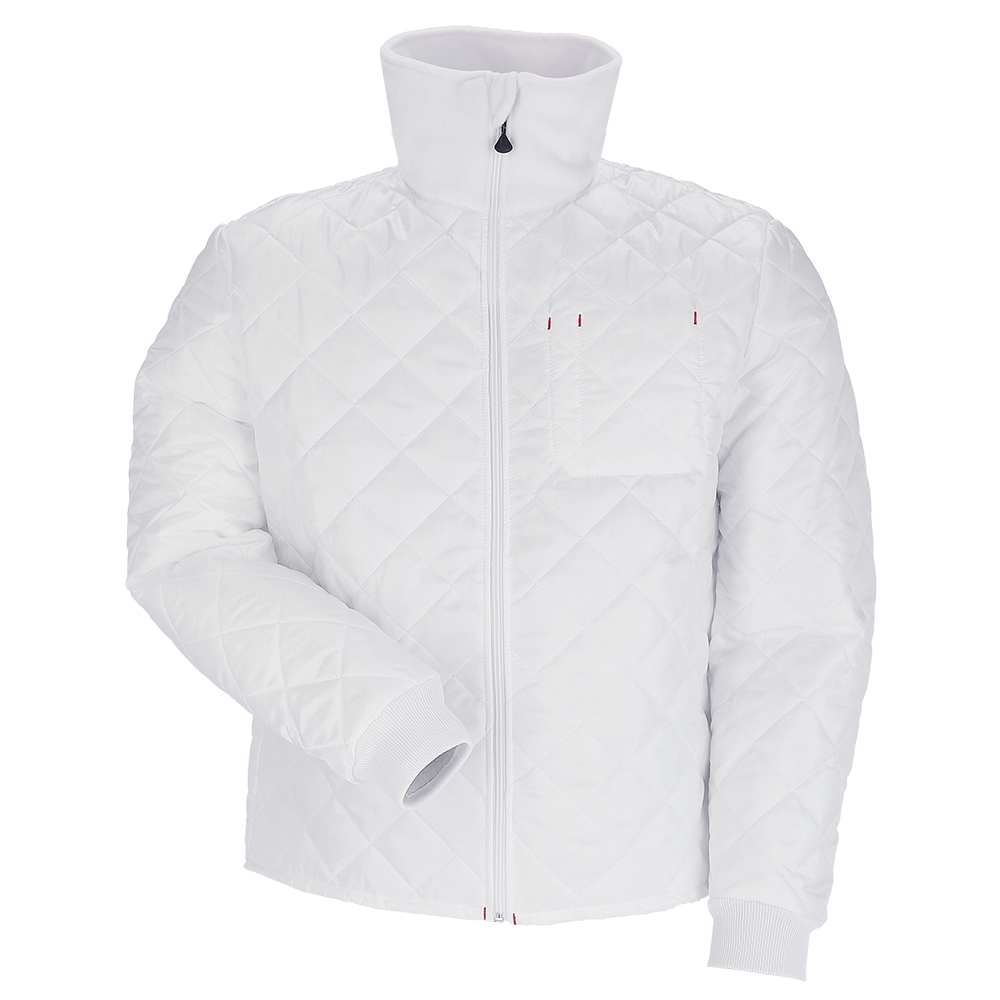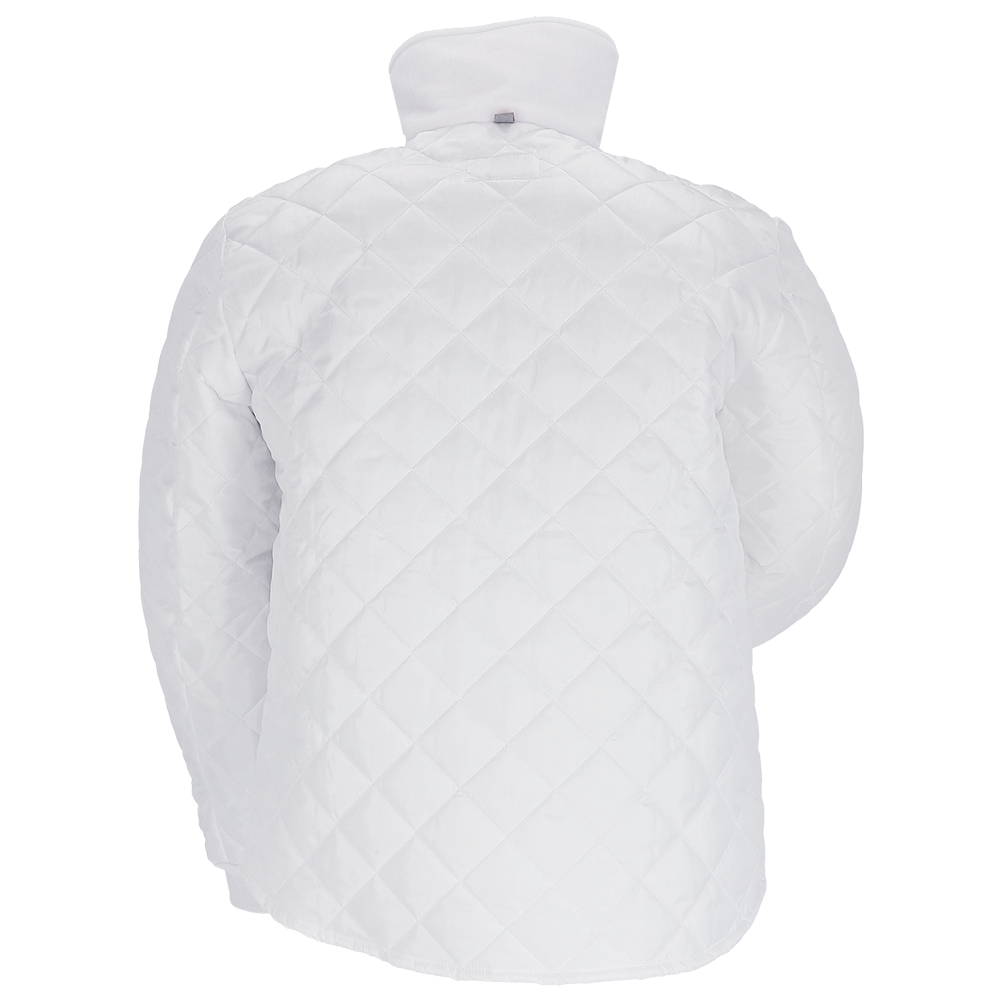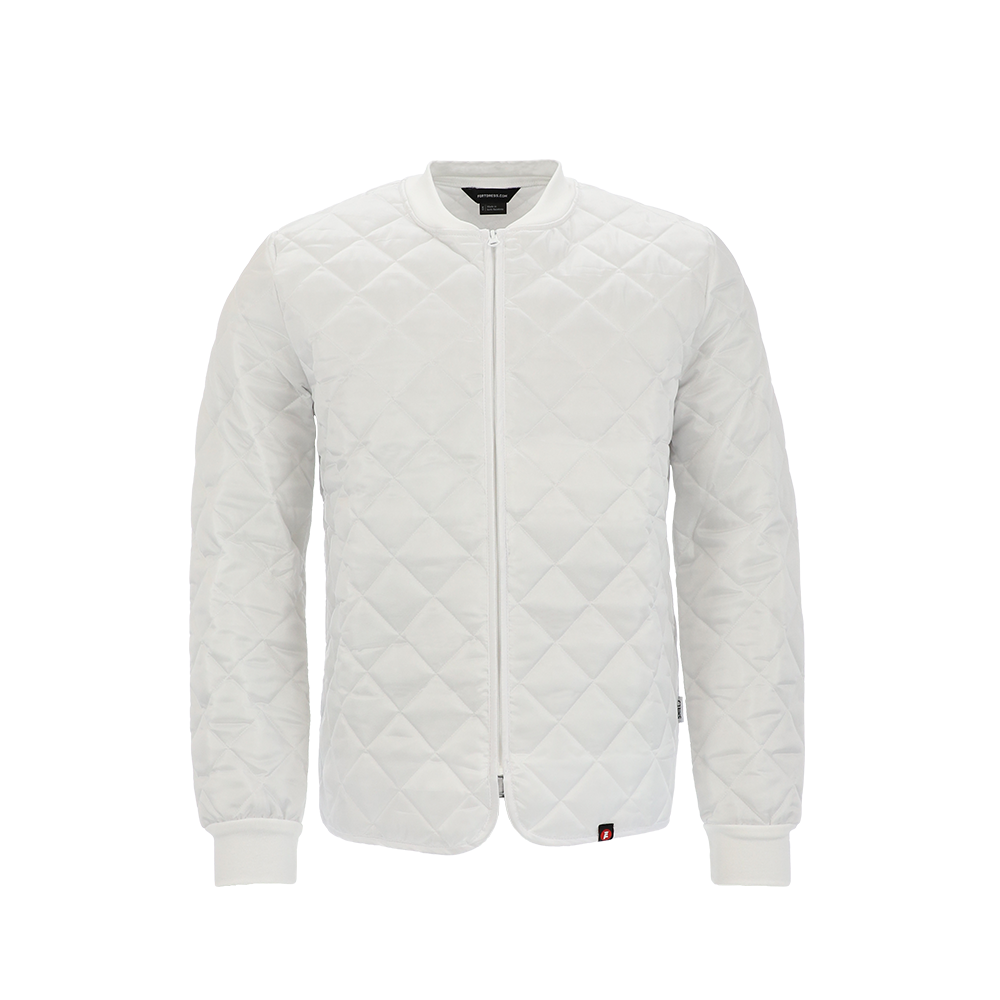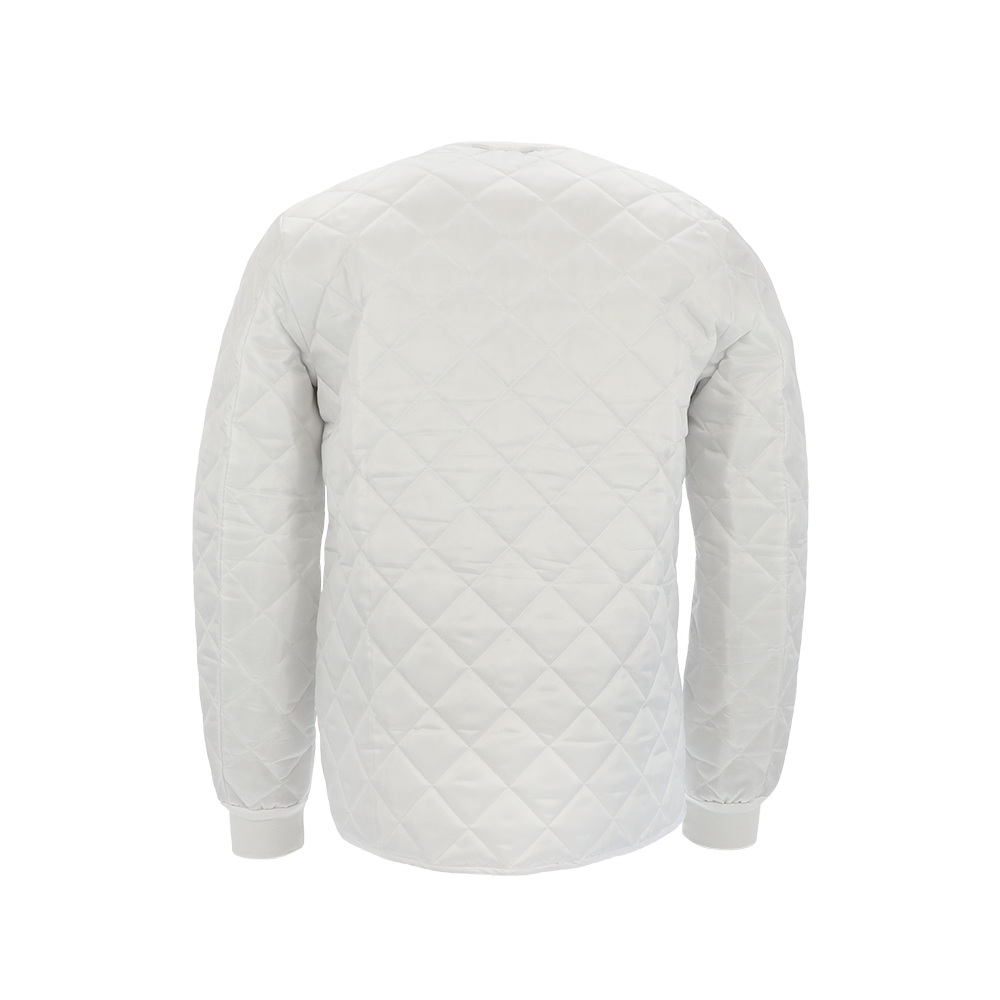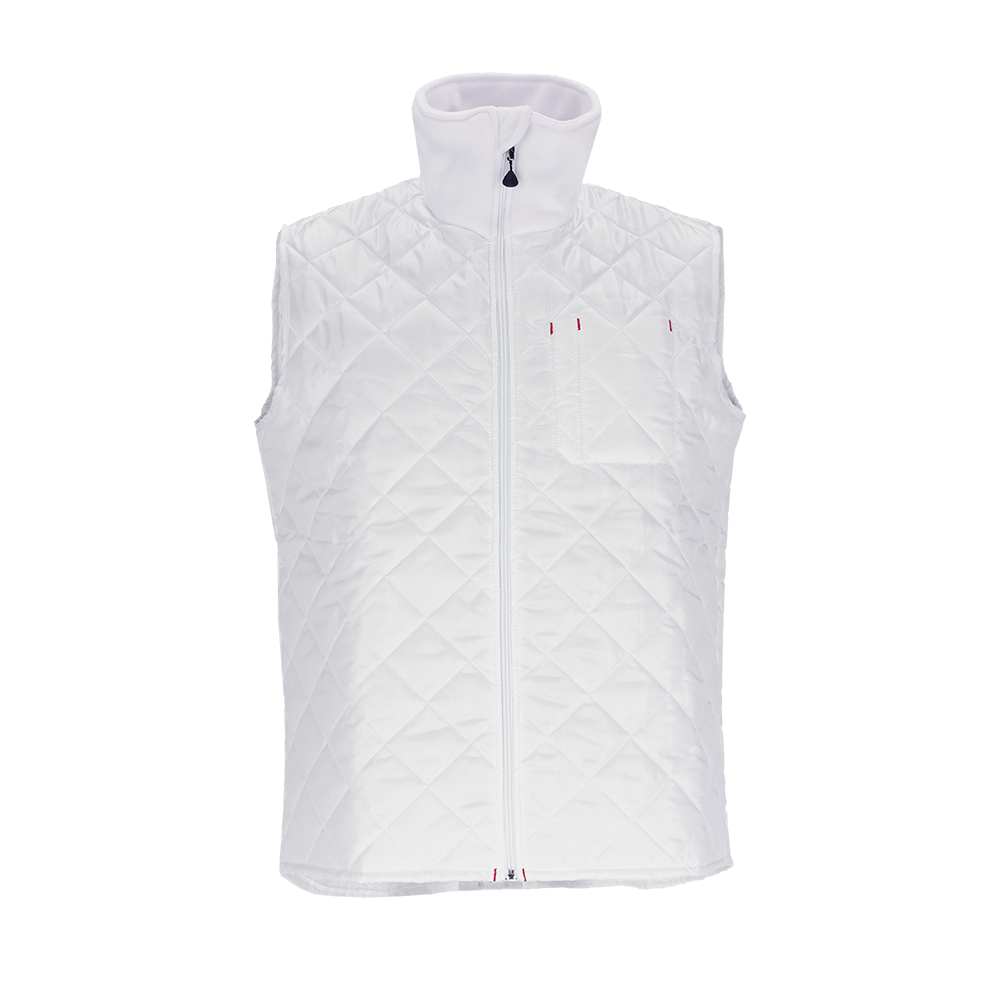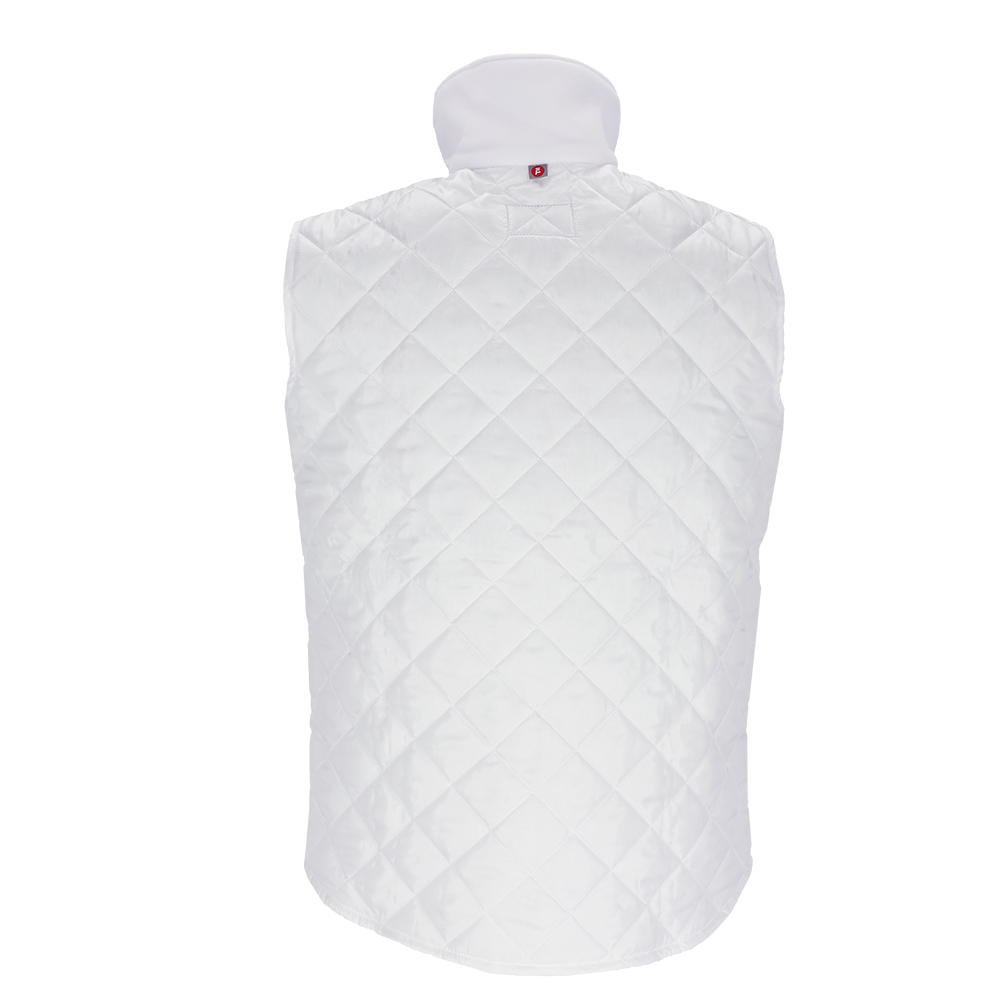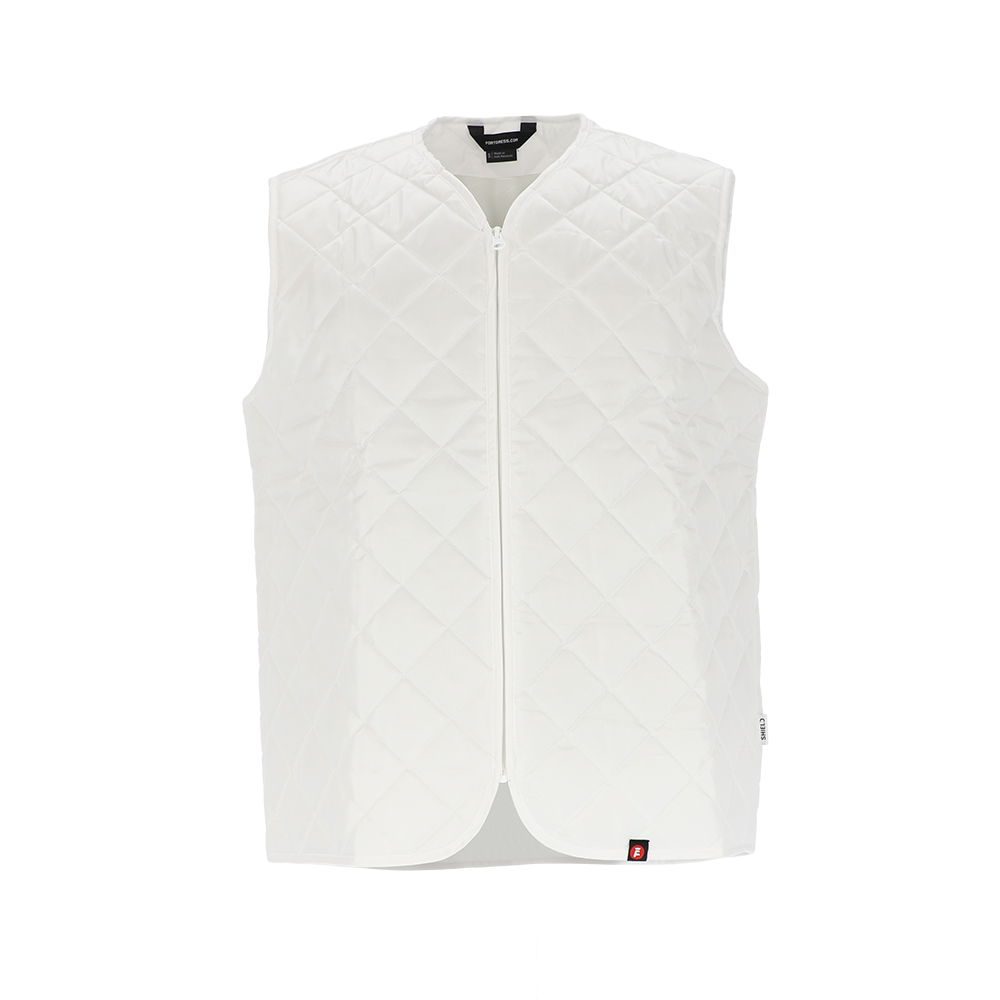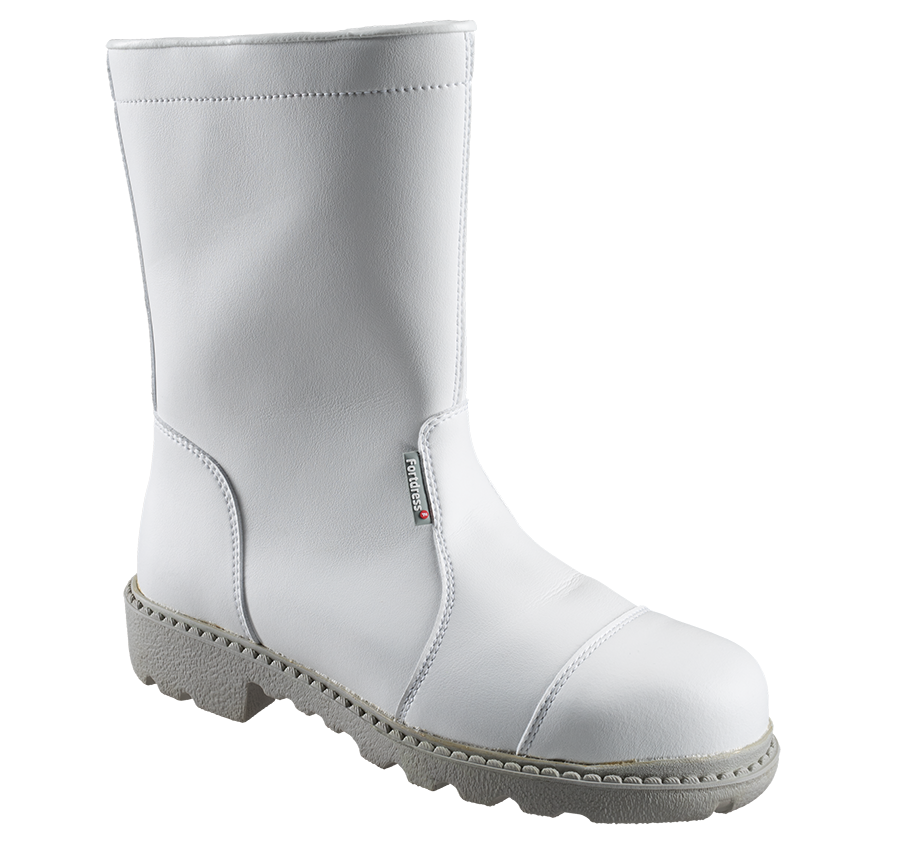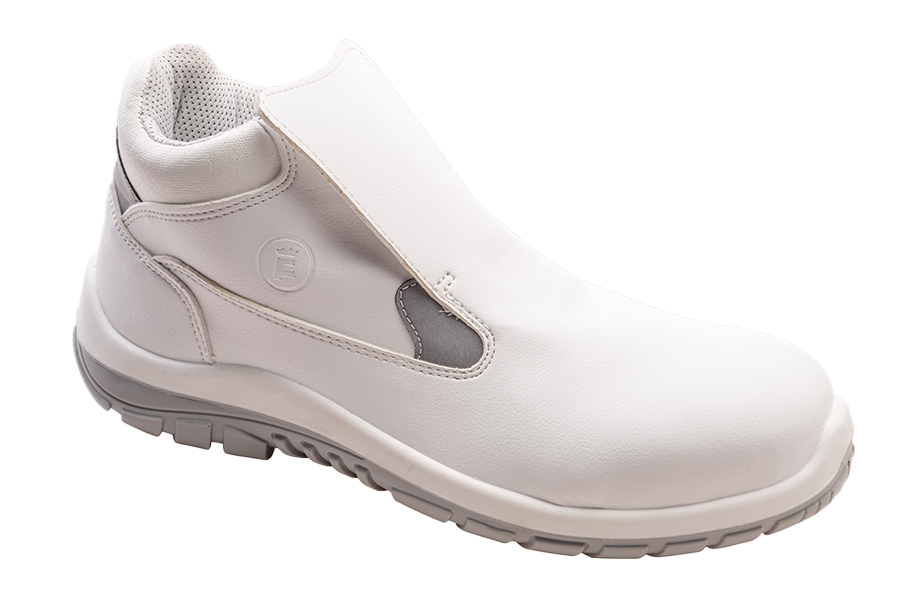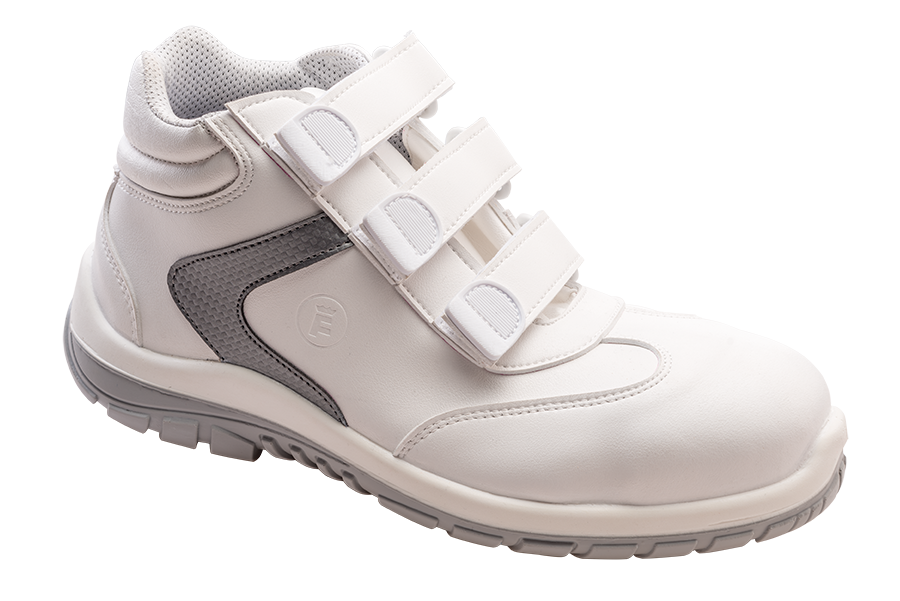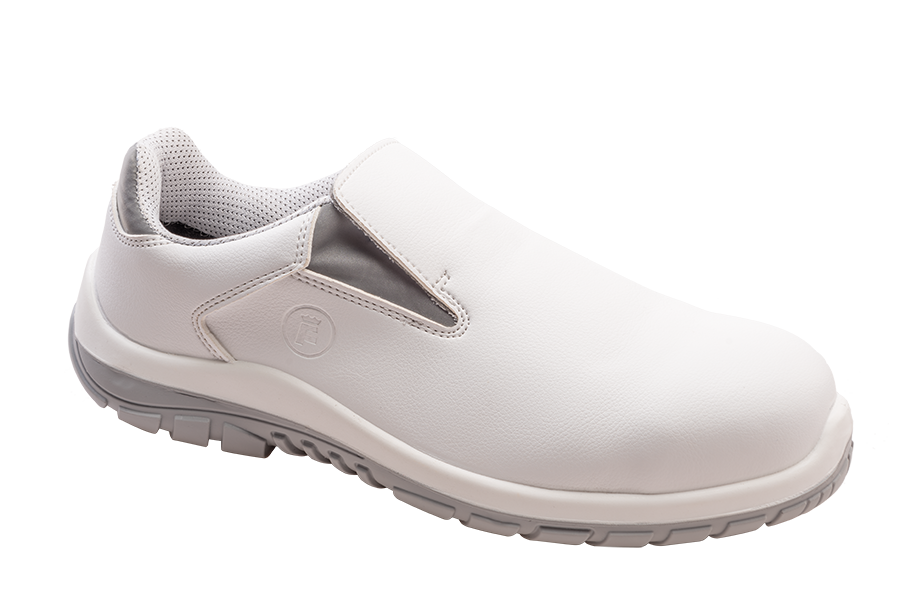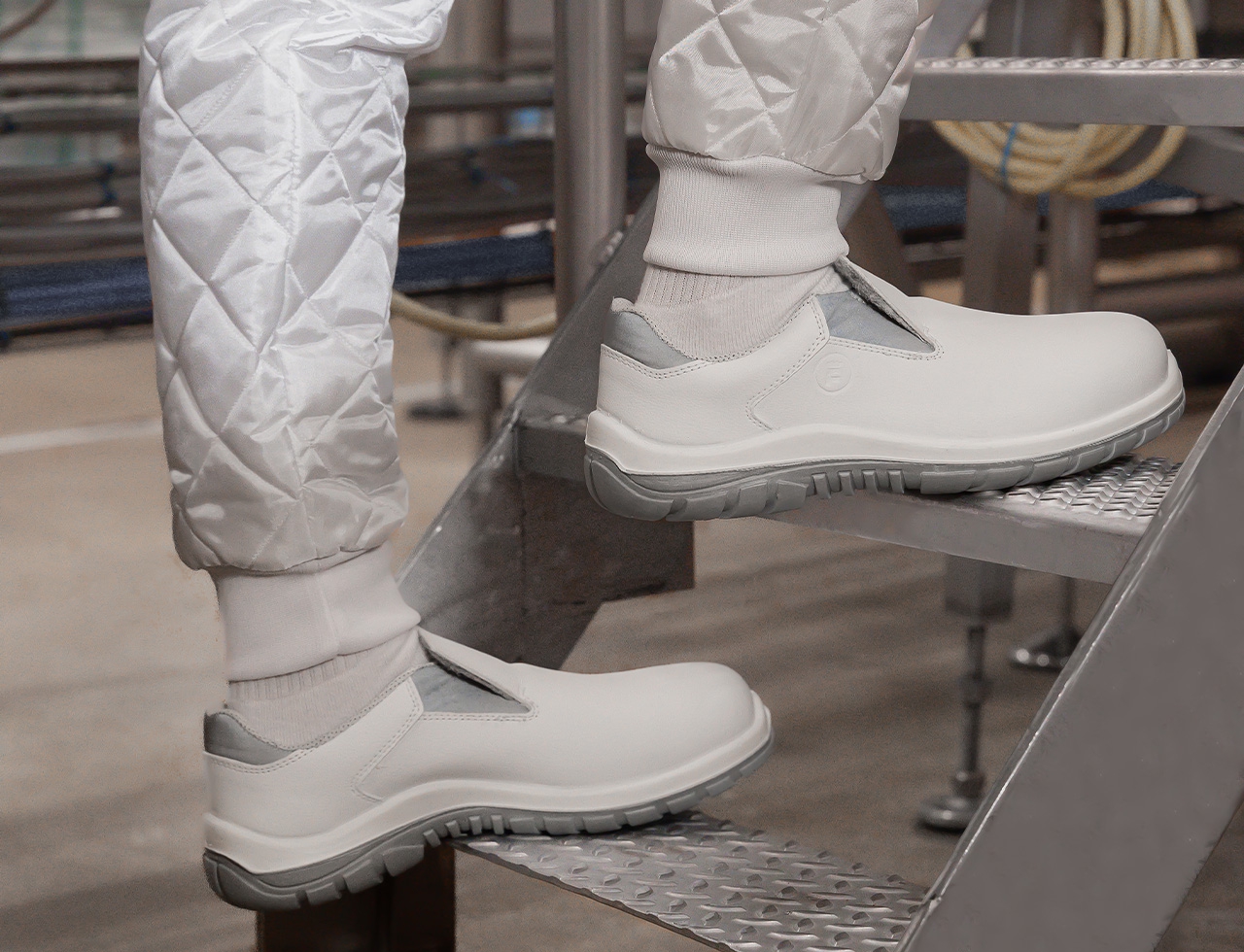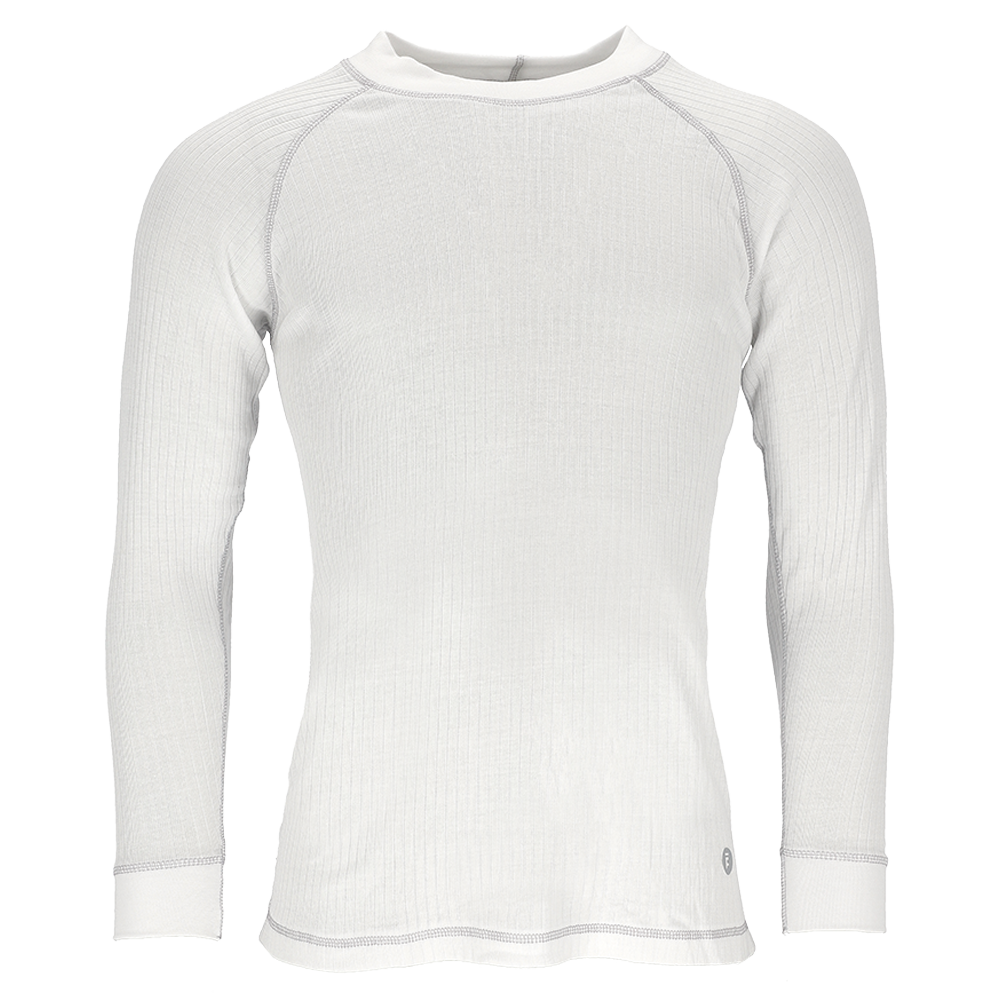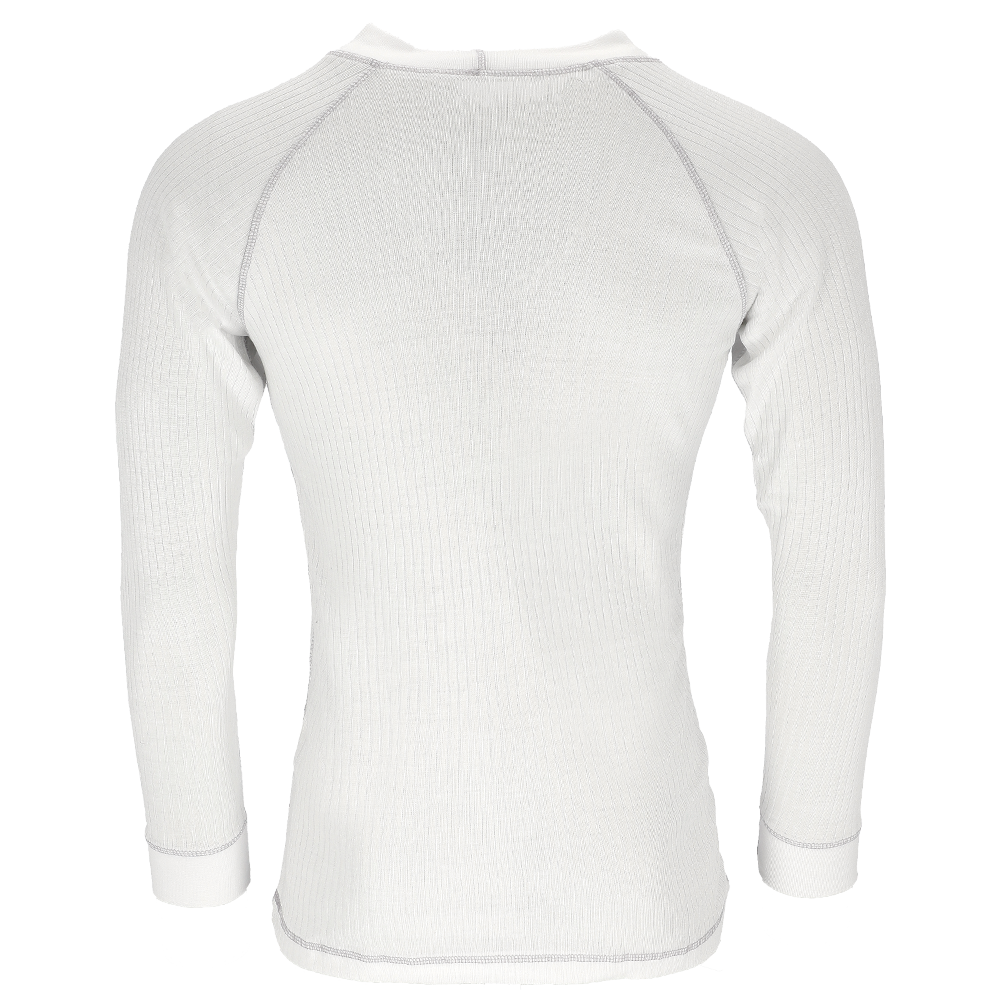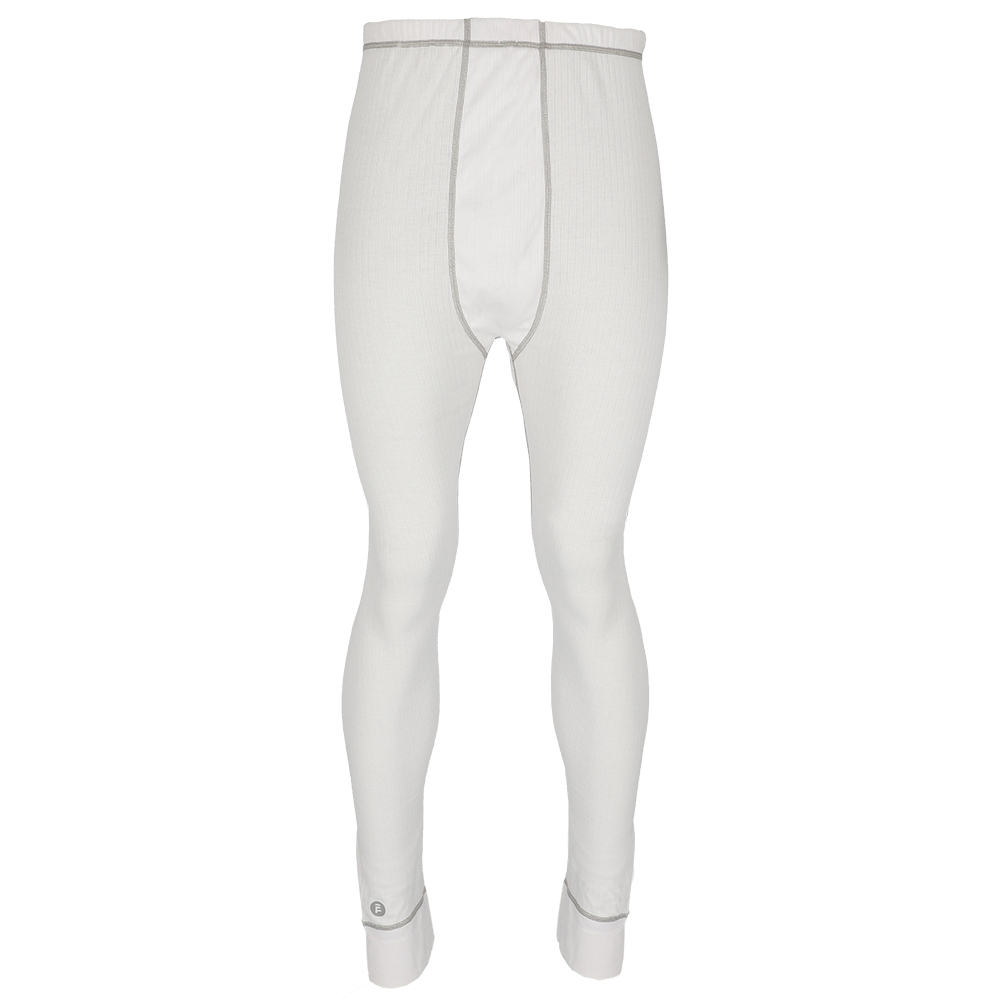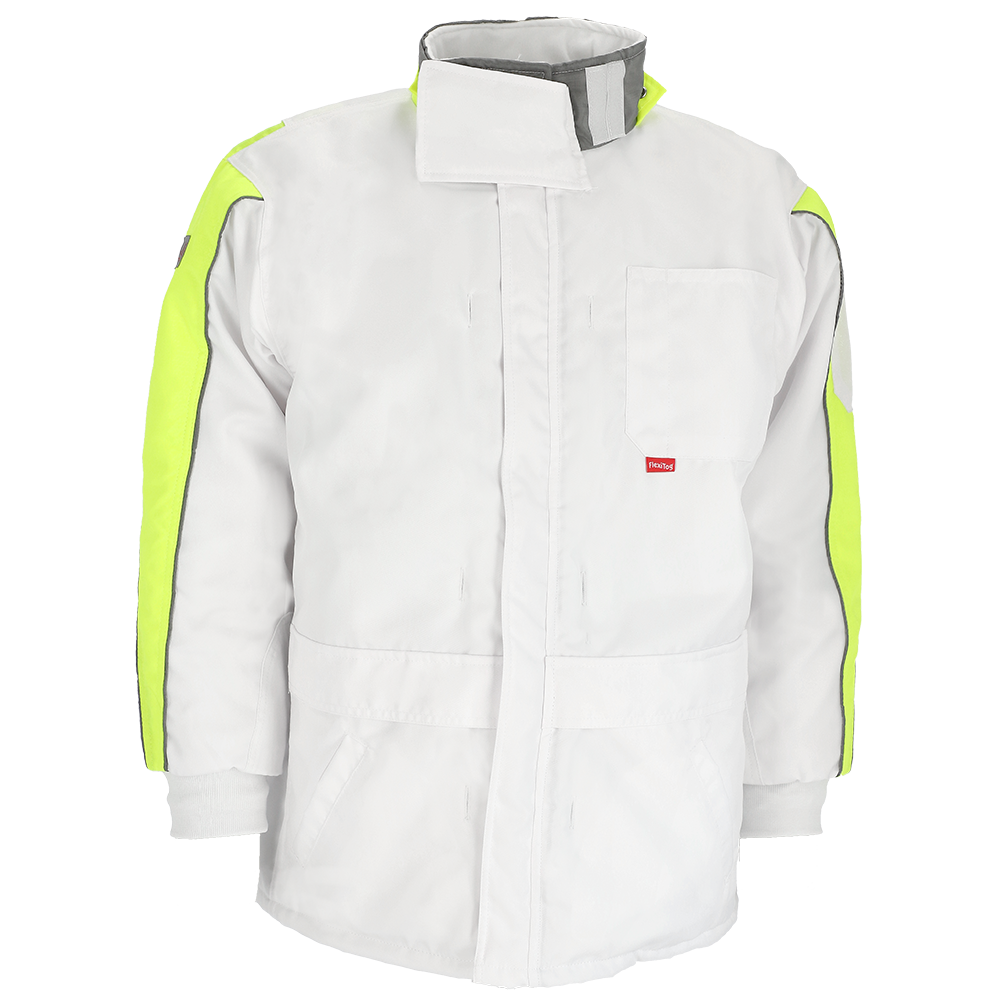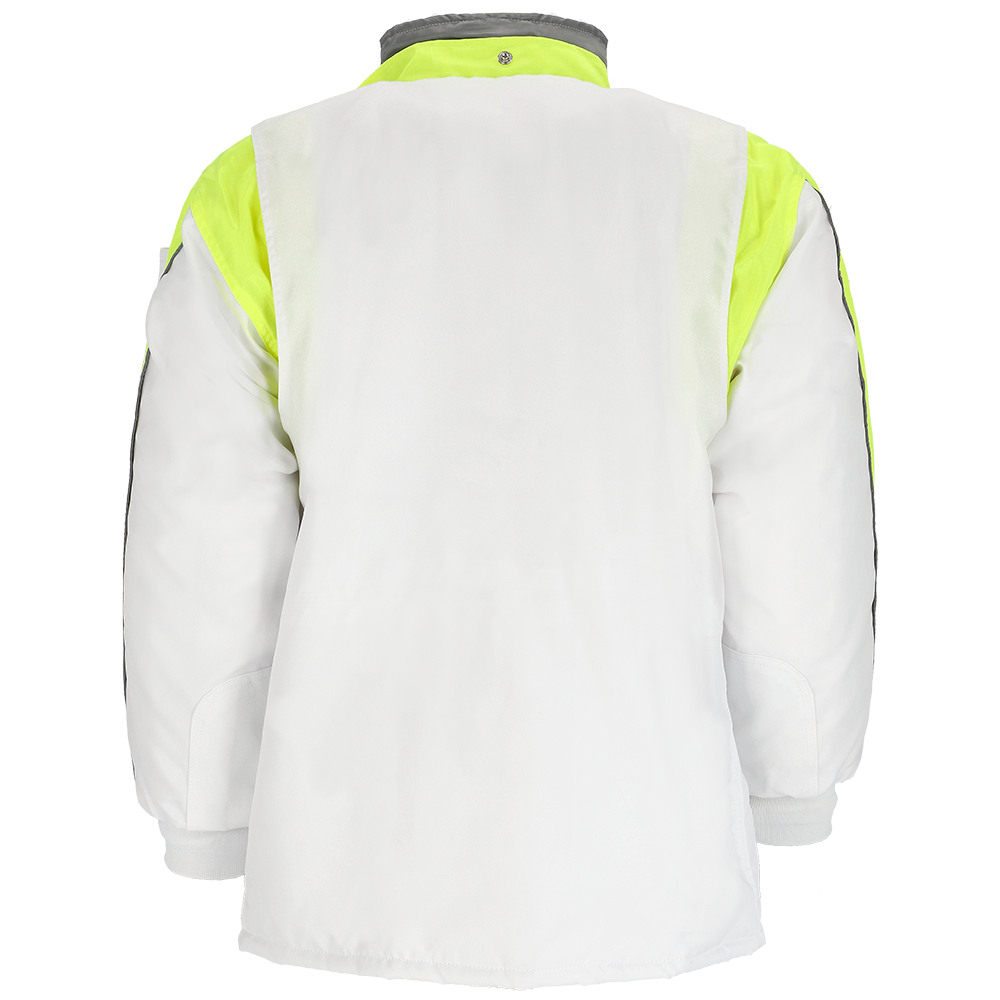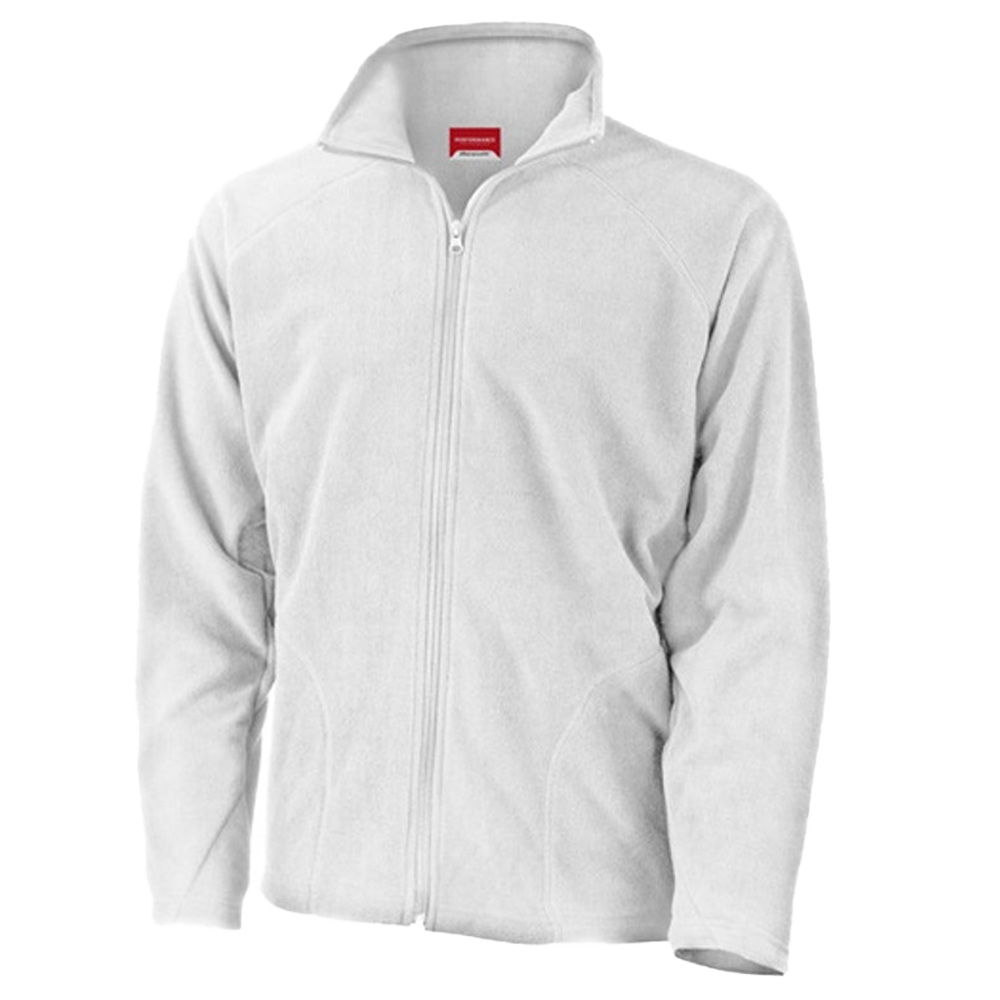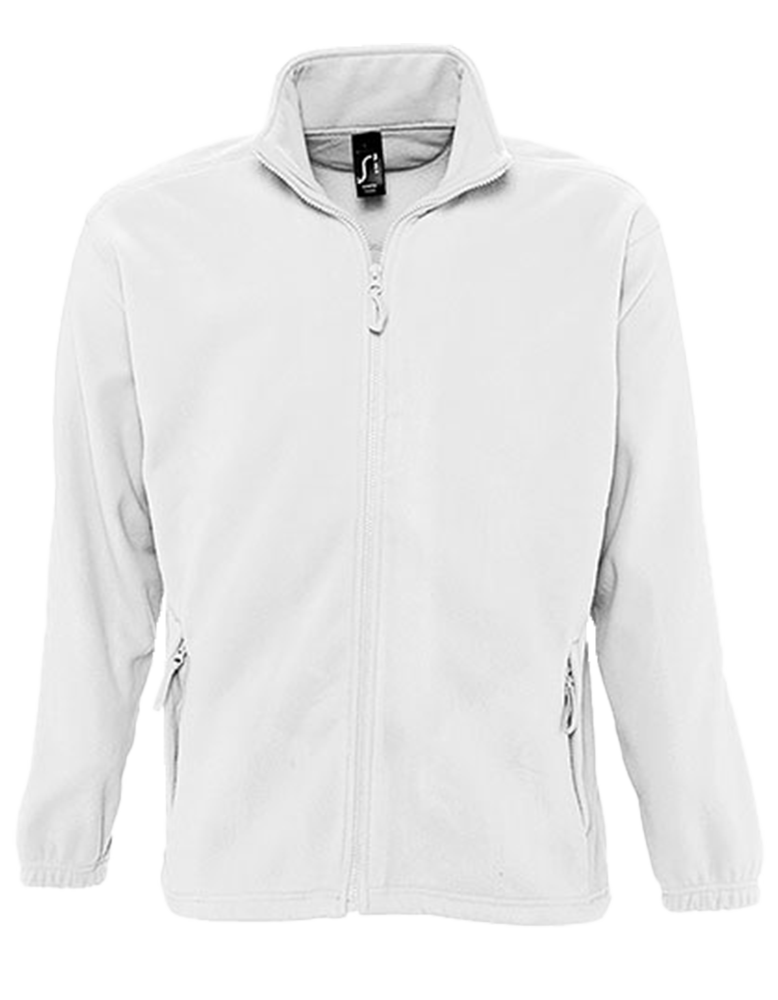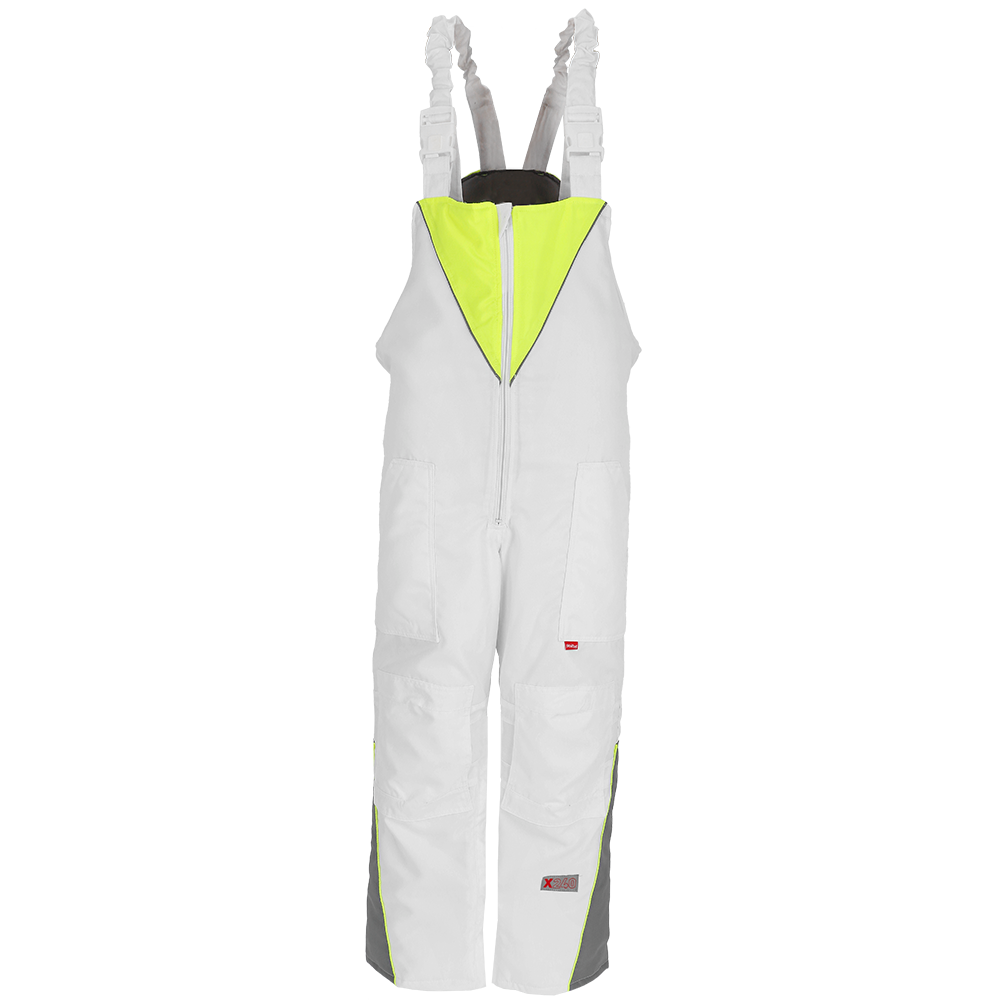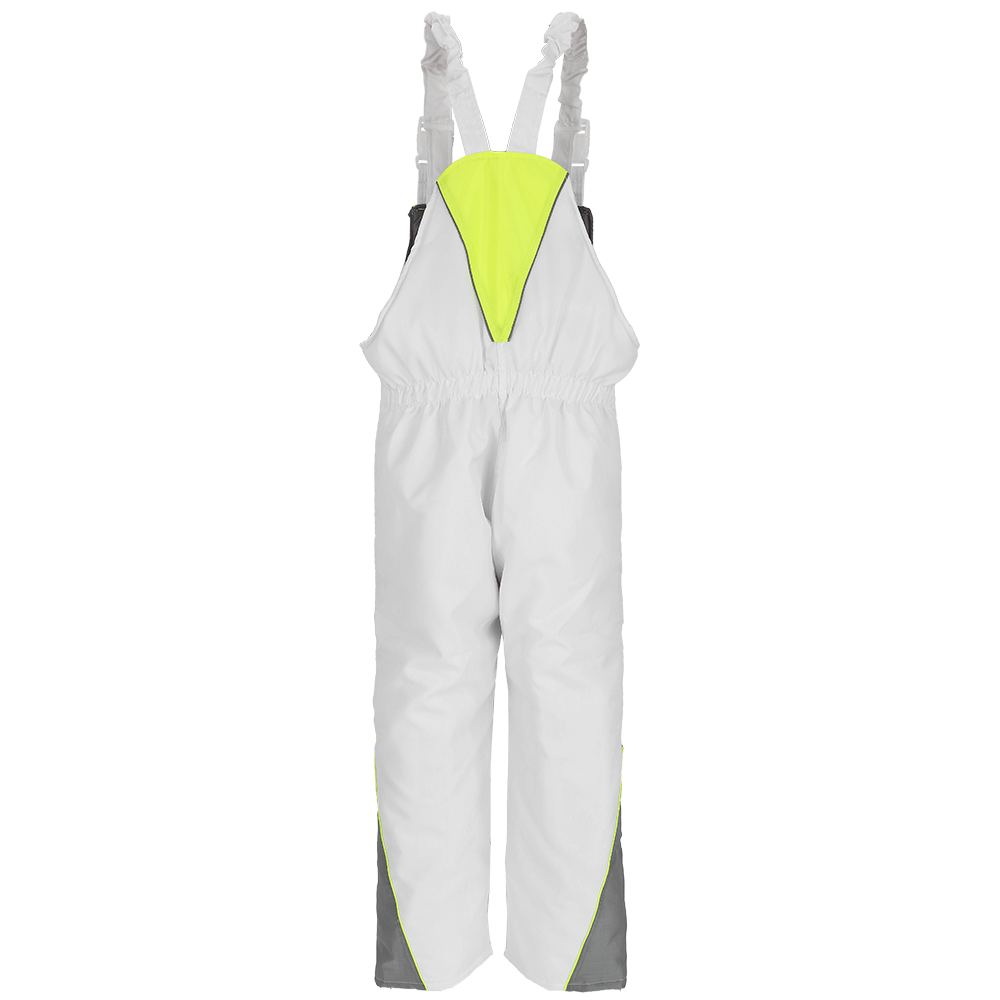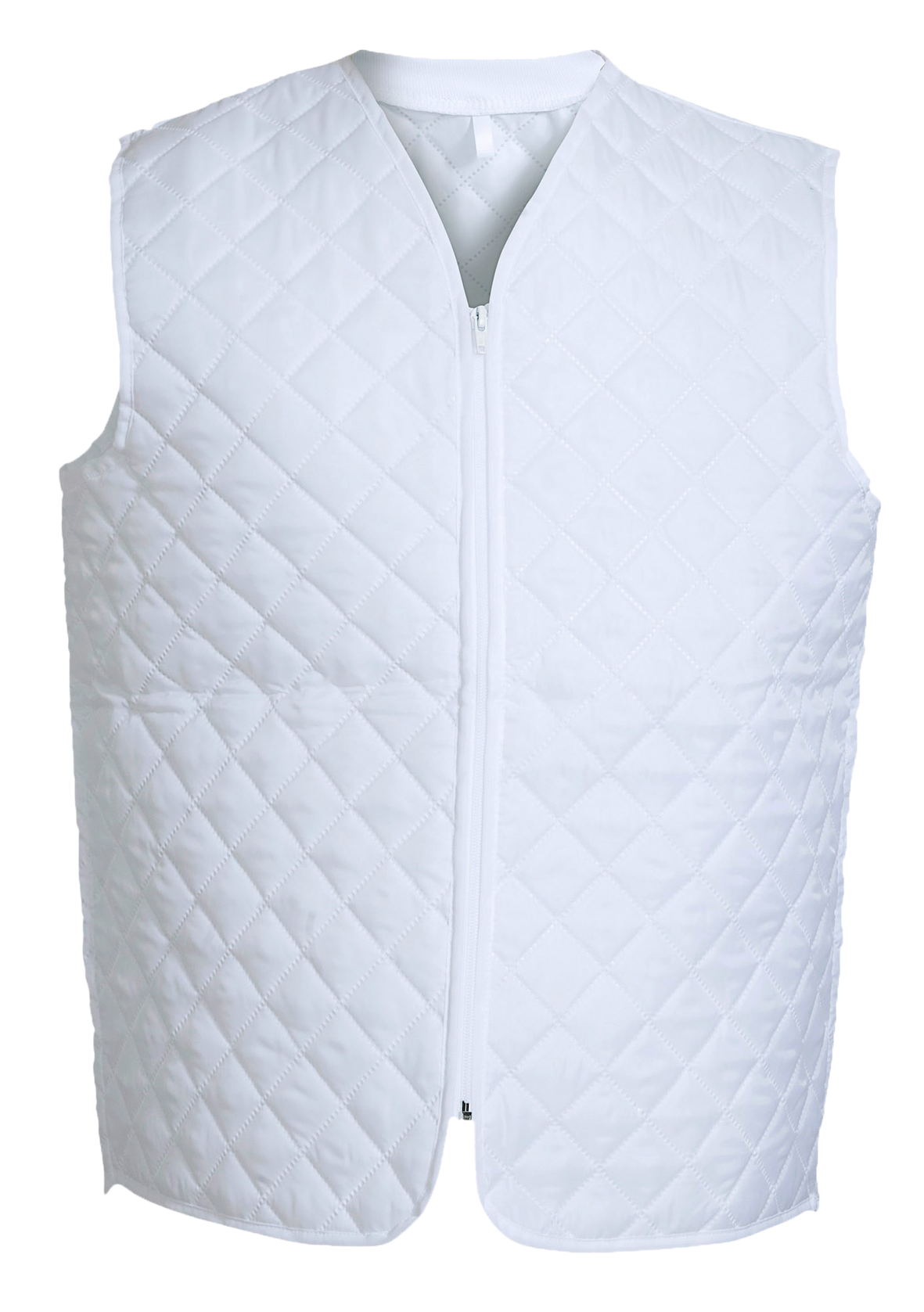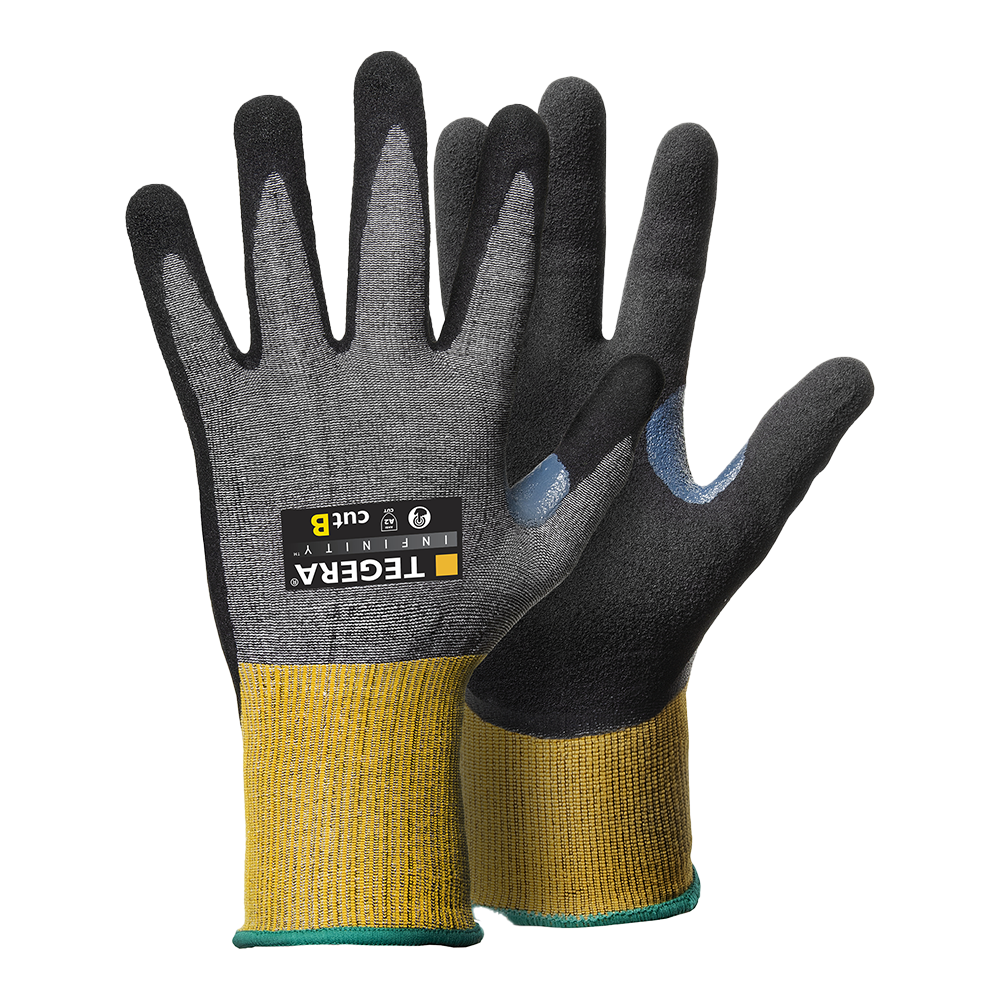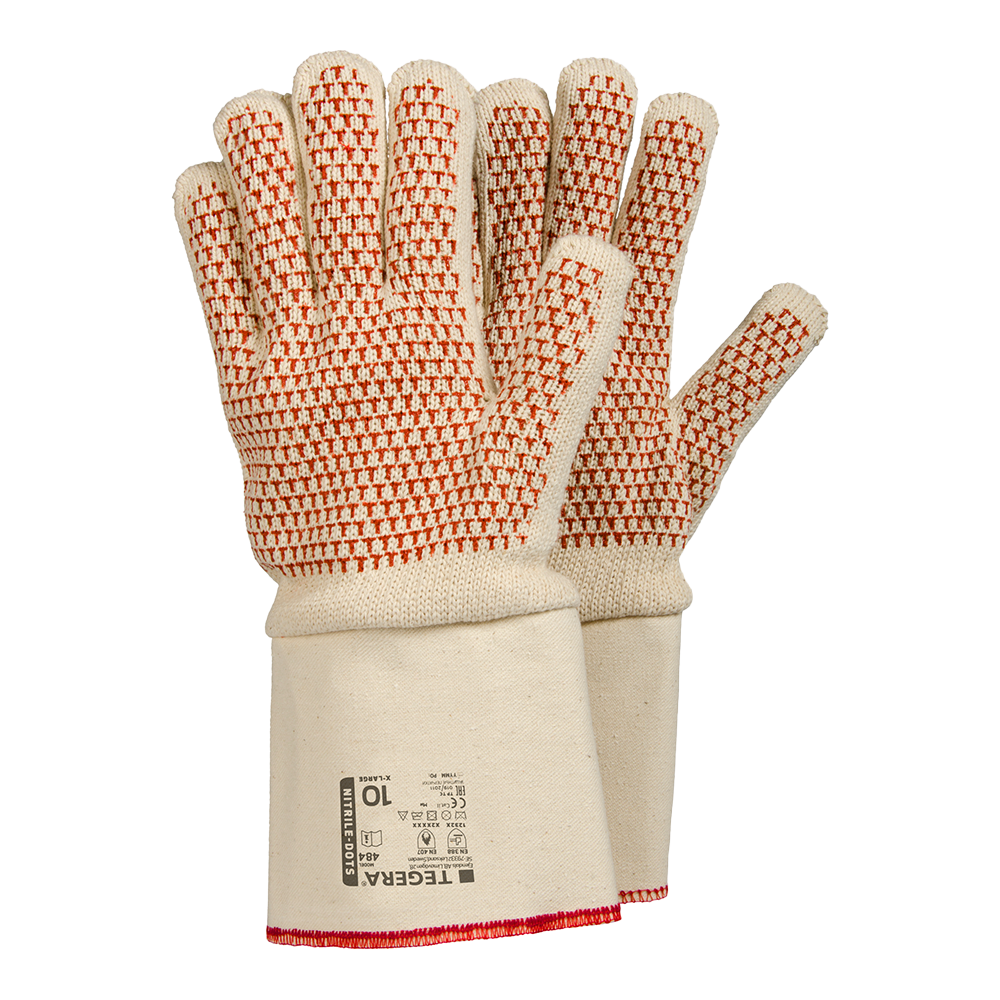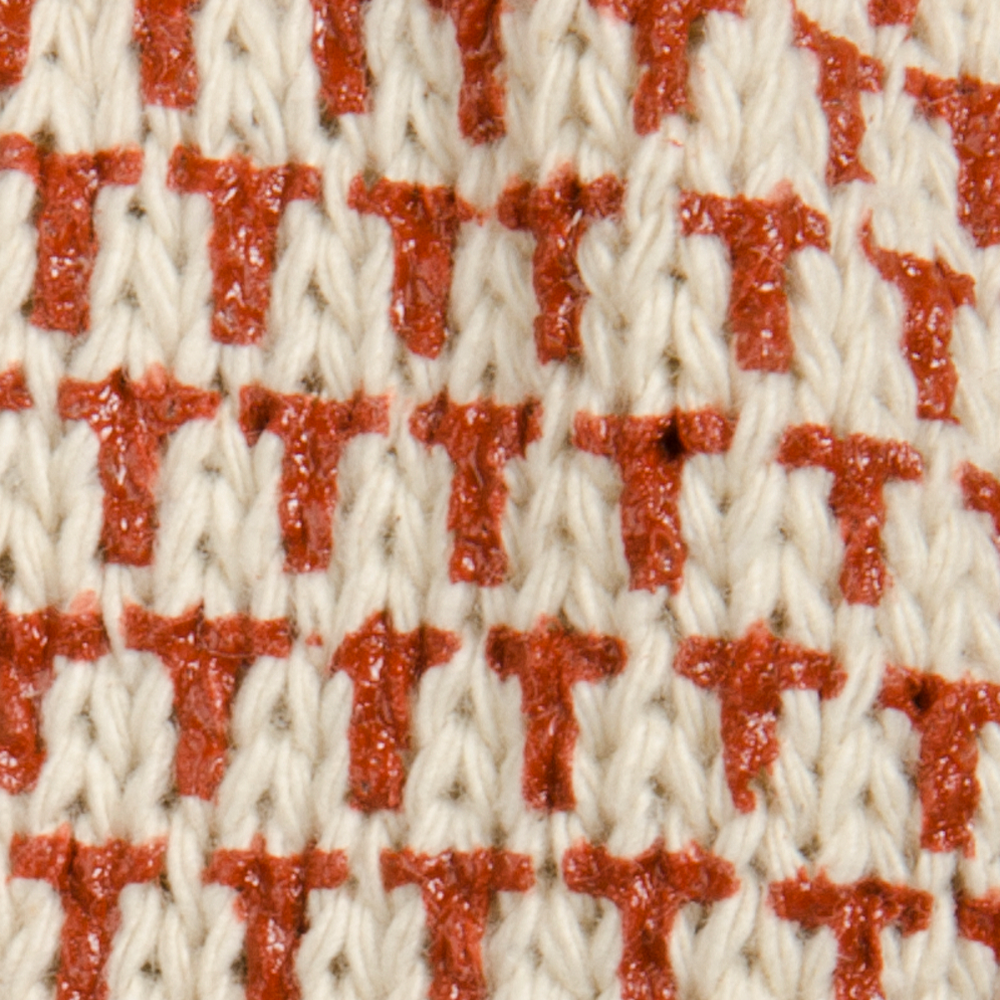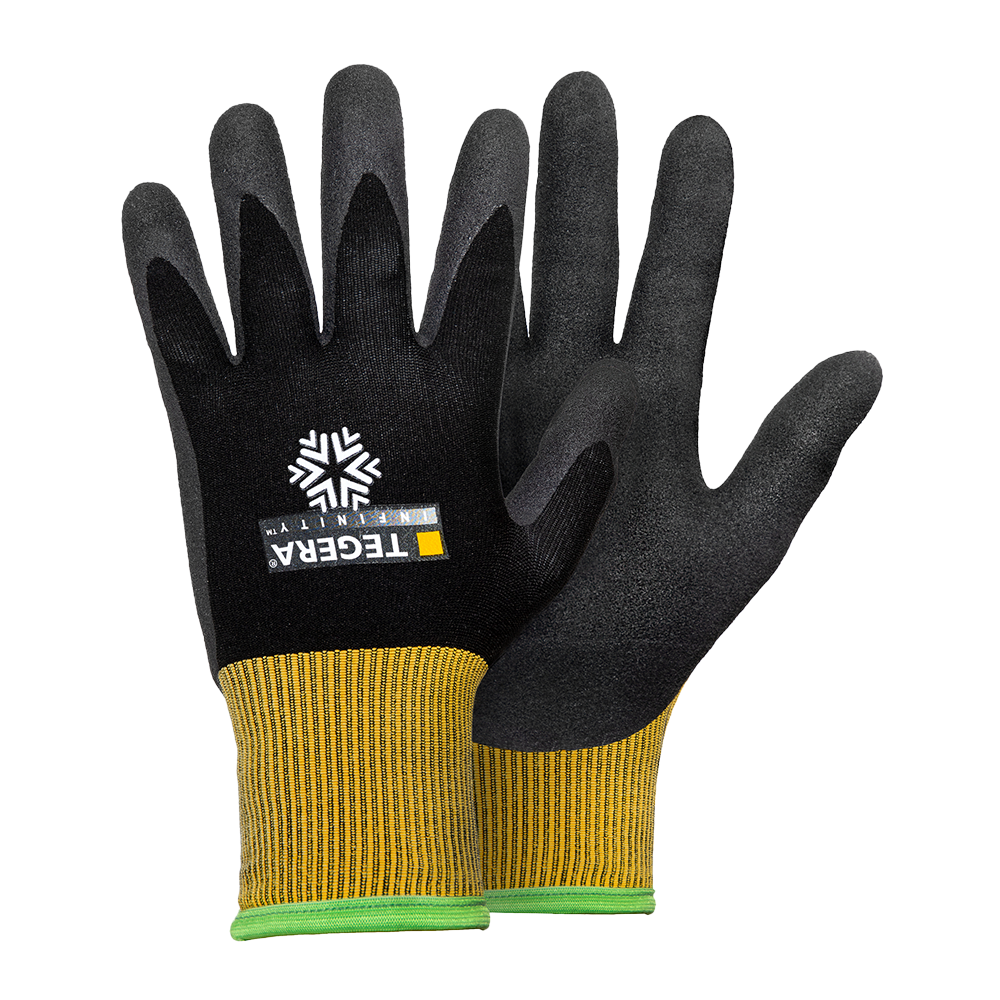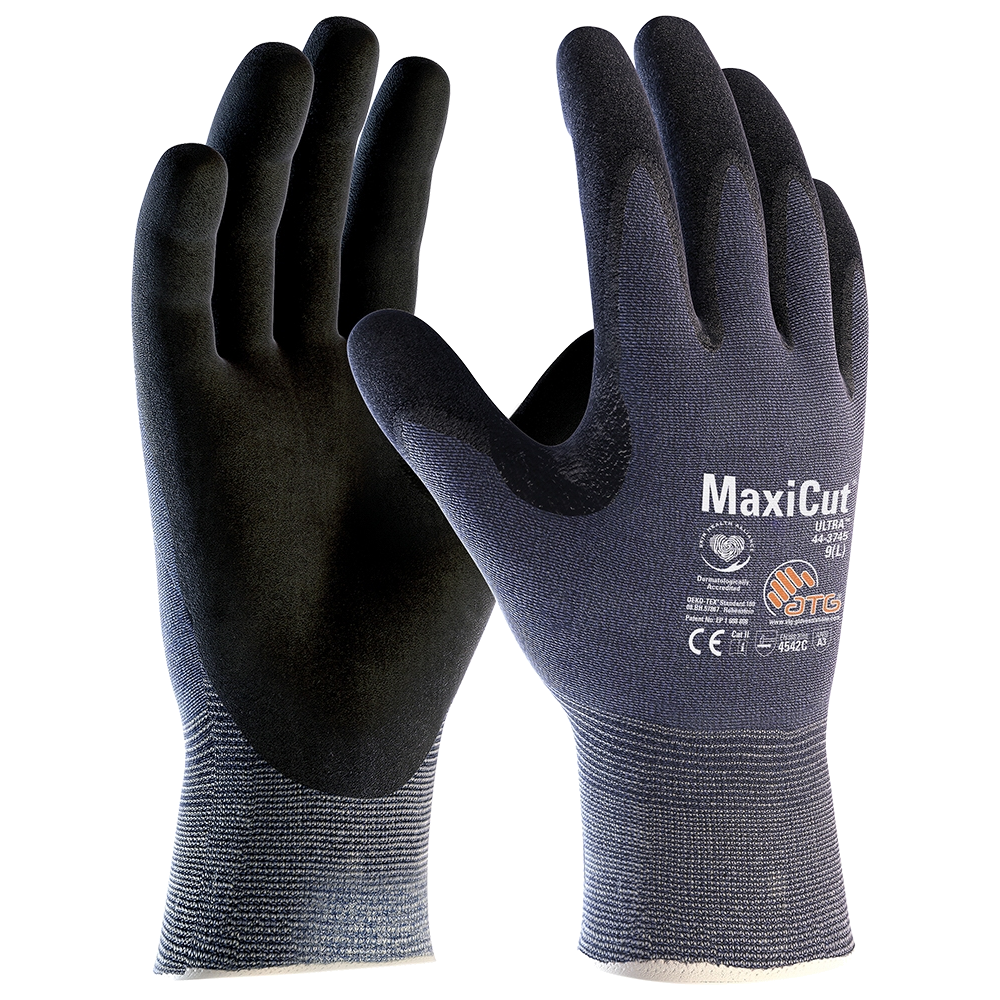










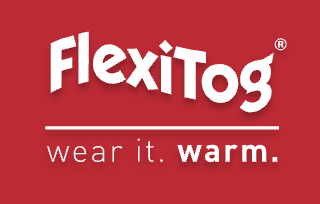

Hygiene activities from head to toe: what you need to consider and how best to protect yourself.
In manufacturing or hygiene-intensive areas, it is important to ensure the right protection for yourself and others. Various aspects of hygiene clothing, special requirements and standards are analysed and explained in more detail below.
What are the specific requirements for hygiene clothing?
In food production and also in hygiene-sensitive environments, clothing must fulfil certain requirements to ensure protection against contamination. This includes the use of special materials that comply with food standards and pose no risk of contamination.
What do people wear in cleaning & hygiene?
Depending on the industry, work clothing varies. However, most companies require white clothing and safety shoes. Garments also need to be washable for industrial laundering.
Which colour is typically chosen for clothing and shoes and why?
Generally, white clothing and shoes are favoured in food production and hygienically sensitive sectors, such as meat-processing production plants. This makes impurities such as dirt, stains, blood or other contaminants much more visible. White is also considered part of the industry standard in many sectors.
Whereas clothing in the colour blue is generally used in milk processing plants, dairies and deep-freeze warehouses.
How long can disposable and reusable clothing be worn?
To minimise the risk of contamination, disposable clothing is disposed of after a single use. As long as disposable clothing is intact, it provides protection and an effective barrier against microorganisms.
Clothing that is used several times should be thoroughly cleaned and disinfected after each use to ensure that it can be used again without risk of contamination.
Do measures exist when entering or exiting production or hygiene-sensitive areas?
In many manufacturing and hygiene-sensitive companies, hygiene sluices are a must. Hand washing and hand disinfection as well as sole cleaning and sole disinfection of safety shoes are carried out in the sluices.
In some facilities, disposable items are also handed out to employees through a dispenser.
Which other sectors, apart from food production, use hygiene clothing?
- Hospitals, clinics and care facilities: Gowns, gloves, face masks and bonnets
- Pharmaceutical industry: special overalls, gloves and bonnets
- Electronics manufacturing: hygiene clothing is required to protect products from dust, fibres and other contaminants
- Cleanroom environments, semiconductor production and medical device manufacturing: specialised coveralls, bonnets, gloves and shoe covers
- Restaurants, cafés, food shops and catering companies

